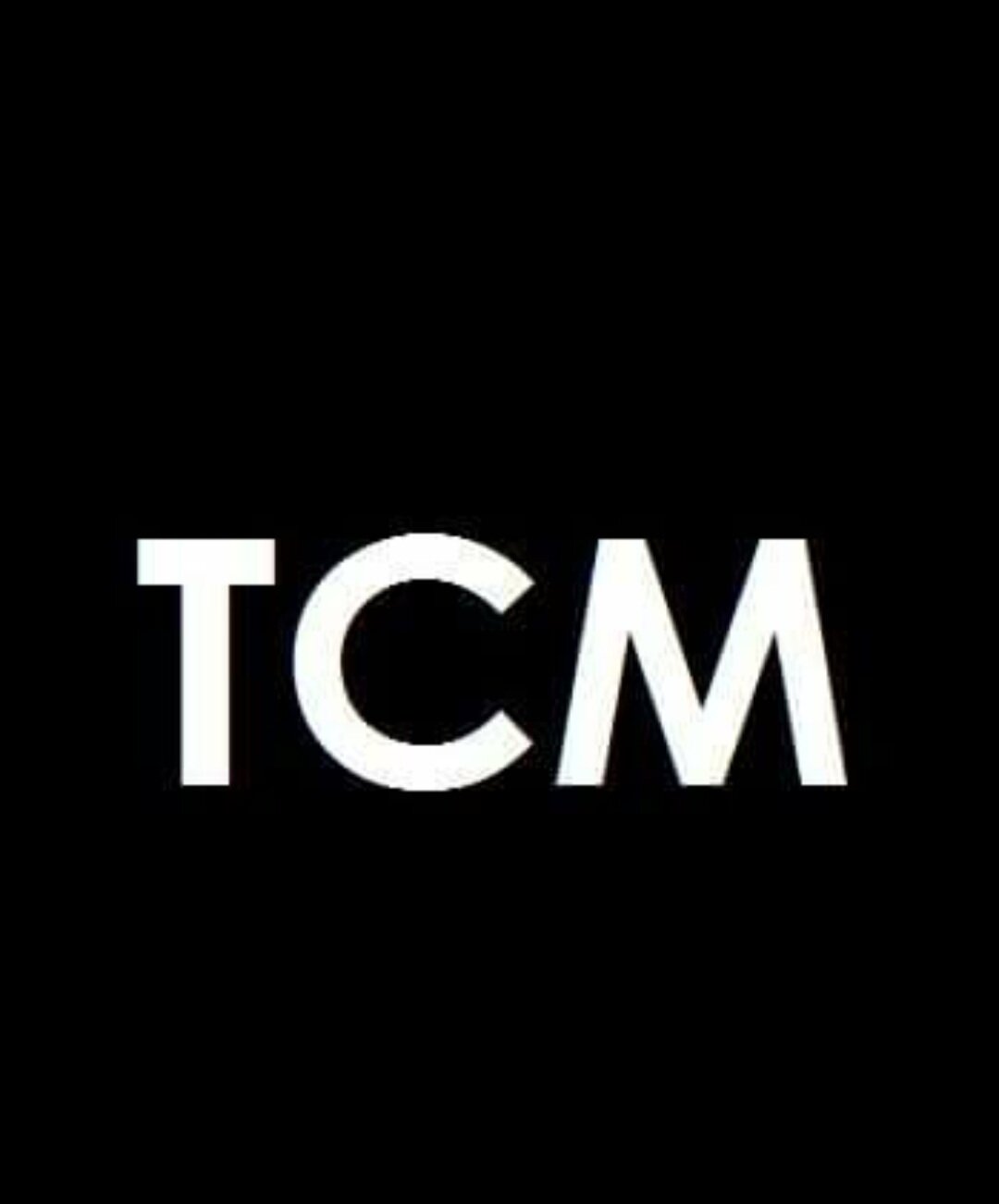Theatre Inamorata Presents Gray
/By: Angela Guardiani
The Victorians were on to something. Not in their repressive society, or their corsets, but in their literature, a seething froth of feelings and ideas that brought us boldfaced names like Dickens and Wilde, Doyle and Braddon, Hardy and Eliot. There's so much richness in that period that still resonates for readers today.
More recently, Lena Waithe made history. A bare week or so ago, she became the first Black woman to win an Emmy for writing, an honour that's made even more significant by the fact that her script was based on her own real-life experiences of coming out. She dedicated her win to her “LGBTQIA family,” saying, “I see each and every one of you...the world would not be as beautiful as it is if we weren't in it.”
Theatre Inamorata is doing something really exciting with both of these ideas, and they're not as incongruous as you might think. I was lucky enough to have a chat with playwright Kristofer Van Soelen, actor Tennille Read, and performer/producer Michelle Langille. Welcome to the world of Gray.
Gray, starting this week at The Commons, is a modern, woman-centric adaptation of Oscar Wilde's novel The Picture of Dorian Gray. The play revolves around three women – Dorian, a beautiful young woman and artists' model, Jane, a sculptor, and Opal, a powerful gallery owner and arbiter of taste. What struck me from the press release was how faithful this adaptation is to the source material in its themes of the life of the artist and the consumer of art, the pursuit of beauty, hedonism and the blurring of the self. (Also it's just a really great creepy story, all complex themes aside!) And at the same time, the interpretation goes in a completely different direction than what Wilde intended. Wilde's sexuality was an open secret among his literary contemporaries, and The Picture of Dorian Gray is a clearly coded look at life in the Victorian shadows; artists, gay men, and opium dens. In Gray, queerness is no longer something that needs to be coded or hidden – in an ocean of tokenism and erasure, this kind of representation is so refreshing. It's a choice that lets the company put their focus elsewhere, as Van Soelen points out; “the cross-gender casting of Dorian and Opal means that we can present queer relationships as a normal and valid expression of sexuality, and begin looking into the corners that our society has yet to fully settle.”
Read follows up on that idea: “And one of those corners is shifting how we objectify women and place beauty and youth on a pedestal. In Gray, Dorian is objectified as a muse, model and woman. Through the scripting and the staging of the play, the production deliberately exploits female objectification to the point of it becoming grotesque, and as a result, it can no longer be normal.”
Objectification is the driving force behind this production. For the Victorians, aestheticism – the pursuit of beauty for its own sake – was pretty much something relegated to the well-off. Art for art's sake is all well and good, but if you can't put food on the table, it's something that falls by the wayside. For us, though, the pursuit – and the consumption – of beauty has never been easier. “The pursuit of beauty is actually now available to so many people and all genders with things like Instagram, filters, the ability to photoshop yourself on your phone. If you can access a computer now, you can pursue beauty,” says Michelle. Beauty no longer lives in museums or over the mantelpieces of the fabulously wealthy. “We have larger and broader forums to judge and be judged on, we also have a very warped idea of what beauty looks like realistically. The number of people who are constantly documenting their own beauty and putting it out there for validation has gone through the proverbial roof.”
Van Soelen tells me that the company worked closely with him as he developed the play, workshopping the piece and introducing some important concepts. The idea of gender-swapping characters beyond the title role of Dorian came up impulsively in these sessions, for example, as did the development of Sybil Vane's character. In Wilde's novel she is a pretty victim, more important for her role in the male characters' development than a fully-fleshed out person. This production has made her a far more complex transwoman, and Michelle relates that “the importance of honouring the truth of that character and casting a trans actor was part of a non-discussion. It was imperative. We had incredible people in the LGBTQ community respond to our call for actors and Sydney Violet Bristow blew us away.” I didn't get a chance to speak to Sydney myself, but the creative staff passed on her thoughts on the importance of positive representation in the trans community and the importance of trans actors in trans roles (which, again, is not something that's seen often enough – think of Eddie Redmayne in The Danish Girl or Jeffrey Tambor in Transparent.) I think this is the first time I will see a trans actor in a trans role, and I intend not to make it the last.
The cast and creative team behind Gray were very open and welcoming of my questions, and very thoughtful and thorough in their answers. It's clear that they are excited to bring a story so different and and yet so familiar to Toronto audiences. I can't wait to see it. I hope you'll see it too.
Gray plays until October 1 at The Commons, 587a College Street. Tickets are $25 ($20 for students, seniors, and arts workers) and are available at the door or online at Brown Paper Tickets (www.brownpapertickets.com/event/3067028).

